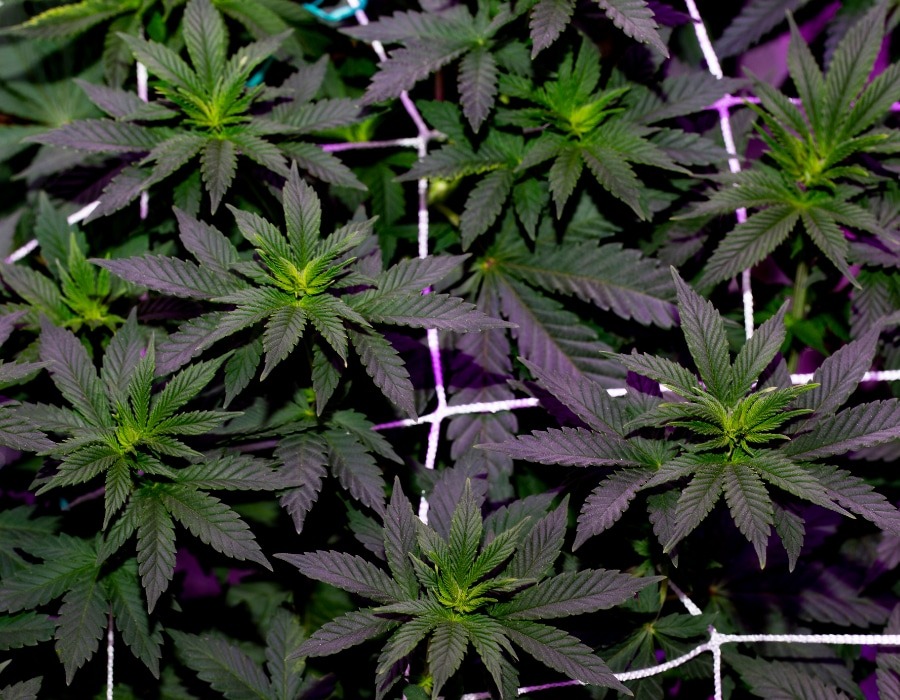Growers searching for the extra edge that would put their crop in the best position to produce bigger, better buds should consider training their plants. Both the commercial cultivator and hobby-grower can benefit from plant training. After all, who would say no to larger, higher quality yields?
Plants respond extremely well to any training that increases light exposure, multiplies bud sites, and promotes plant health. A popular, involved, and rewarding training technique is known as the Screen of Green (SCRoG), or “scrogging”.
The SCRoG method happens in three main stages:
1 . The cultivator installs a screen frame featuring a grid or trellis above cannabis plants in the vegetative stage.
2 . The cultivator strategically tops their plants, training the new growth to grow laterally along the screen’s underside.
3 . Lastly, the cultivator tucks any new growth under the screen’s openings, allowing the plant to fill the total area of the frame evenly.
Cannabis plants cultivated via scrogging develop a low, horizontal profile of bud sites that are evenly distributed across the plane of the screen. Wondering how and why this technique works? This tutorial is for you. Read on!
Please keep in mind the Screen of Green method differs from the Sea of Green technique. The Sea of Green (or SOG) emphasises the growth of an apically dominant main cola that towers above the rest of the bud sites with minimal plant training. This technique works best with a larger number of plants in grows with more space. Conversely, using a SCRoG screen is a low-stress training method that can optimise a small space for the home grower.
High yield, healthy plants in limited space
This departure from the natural, vertical “Christmas tree” growth habit of cannabis plants creates several advantages.
Growers increase the plant’s overall light exposure by encouraging a low, even canopy across the plane of the screen. The less-developed bud sites that would have been shaded in an apically dominant plant receive more light and develop into full-fledged flowers rather than small “popcorn” buds that usually form underneath the canopy, leading to high yields and higher quality buds.
Other positive outcomes of the scrog grow are higher THC content, more robust terpene profiles and denser trichomes, as increasing light exposure will stimulate a plant’s photochemical production! Happier plants, happy growers.
In addition to maximising a plant’s photosynthetic potential, scrogging promotes plant health by increasing aeration above and below the canopy. The grower reduces the risk of mould, pests and pathogens by limiting the plant’s vertical height and creating more space for uninterrupted airflow. The grower can supplement this by pruning any superfluous plant material to reduce overall humidity, vectors for disease and redirect energy towards flowering.
